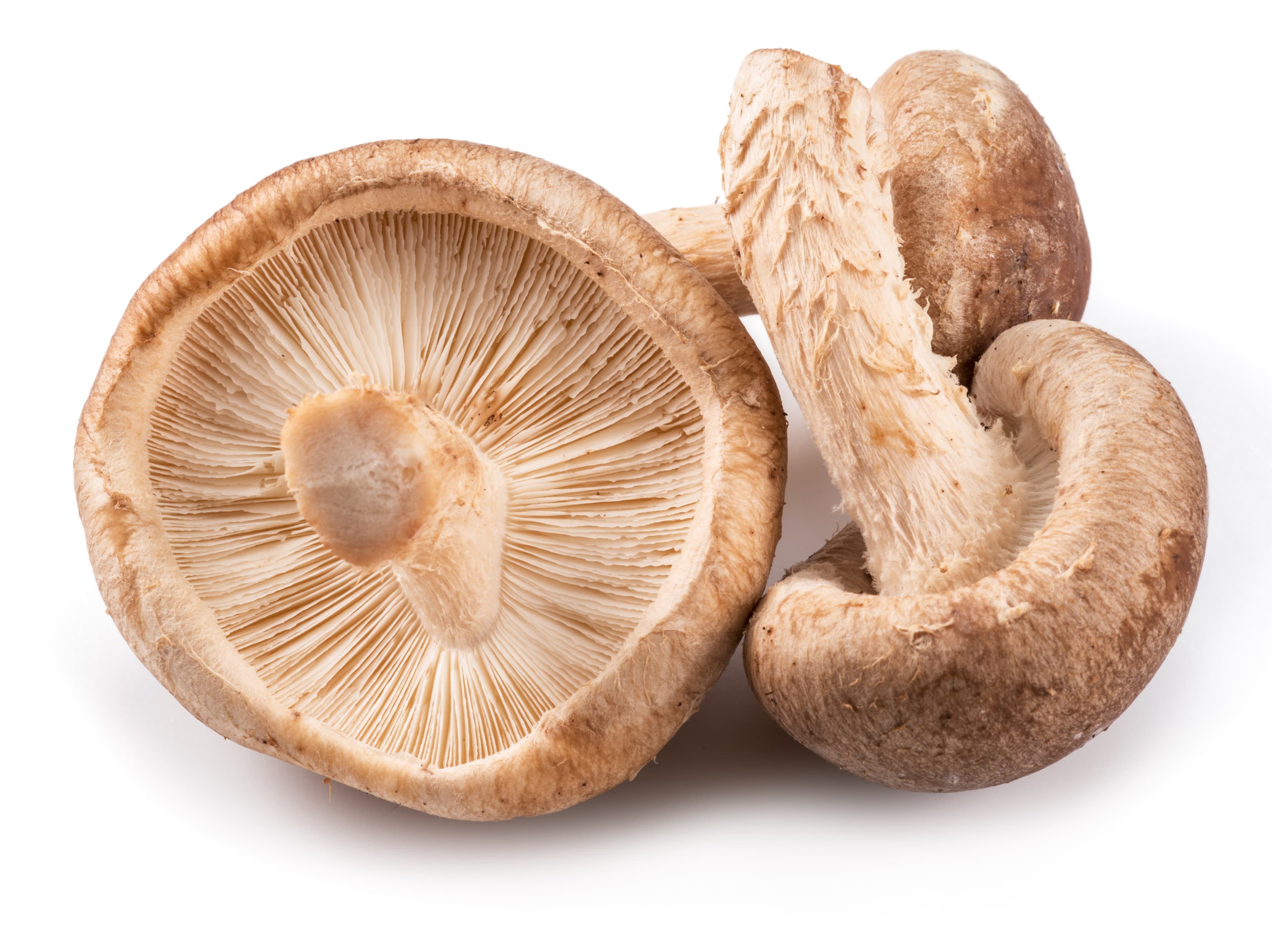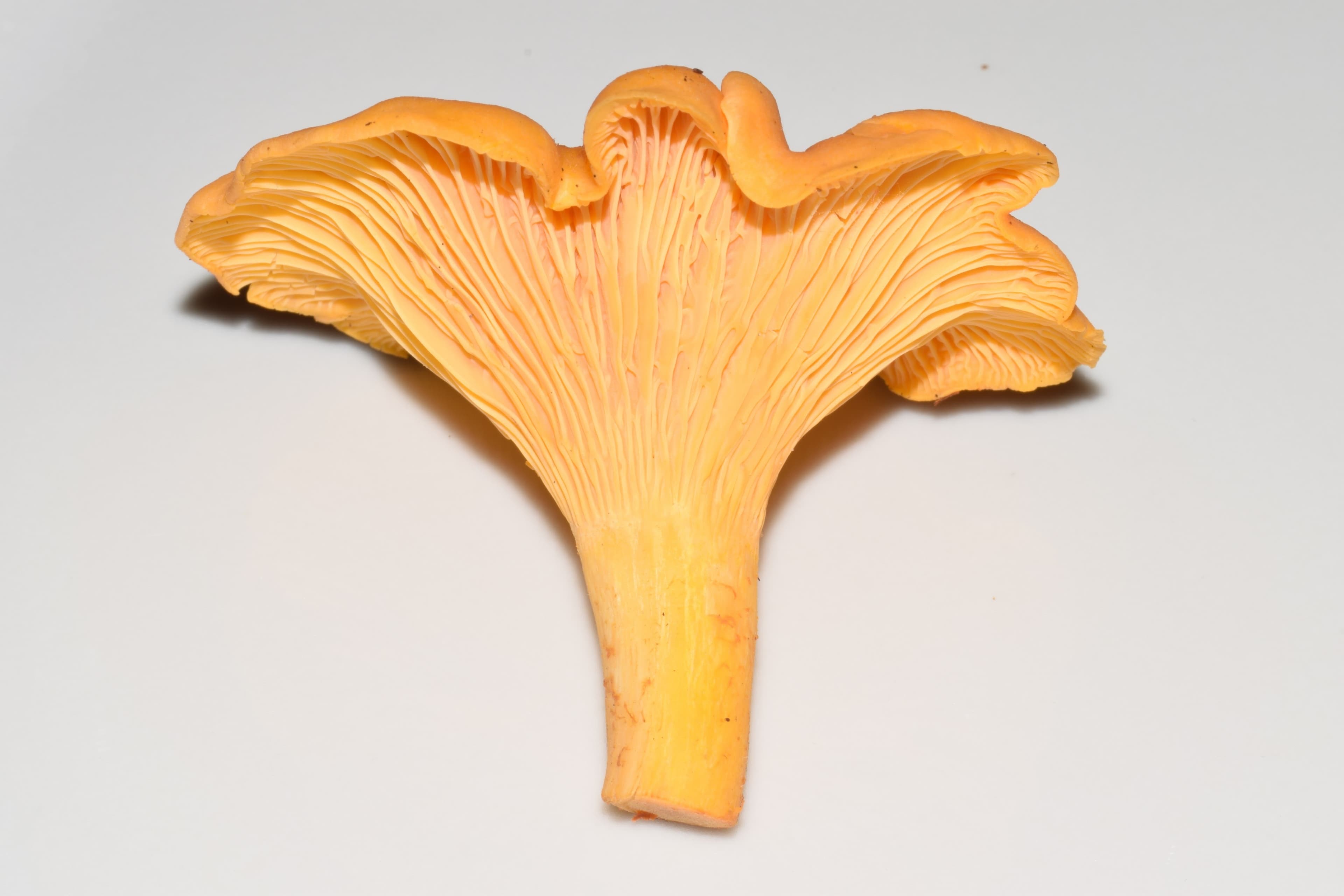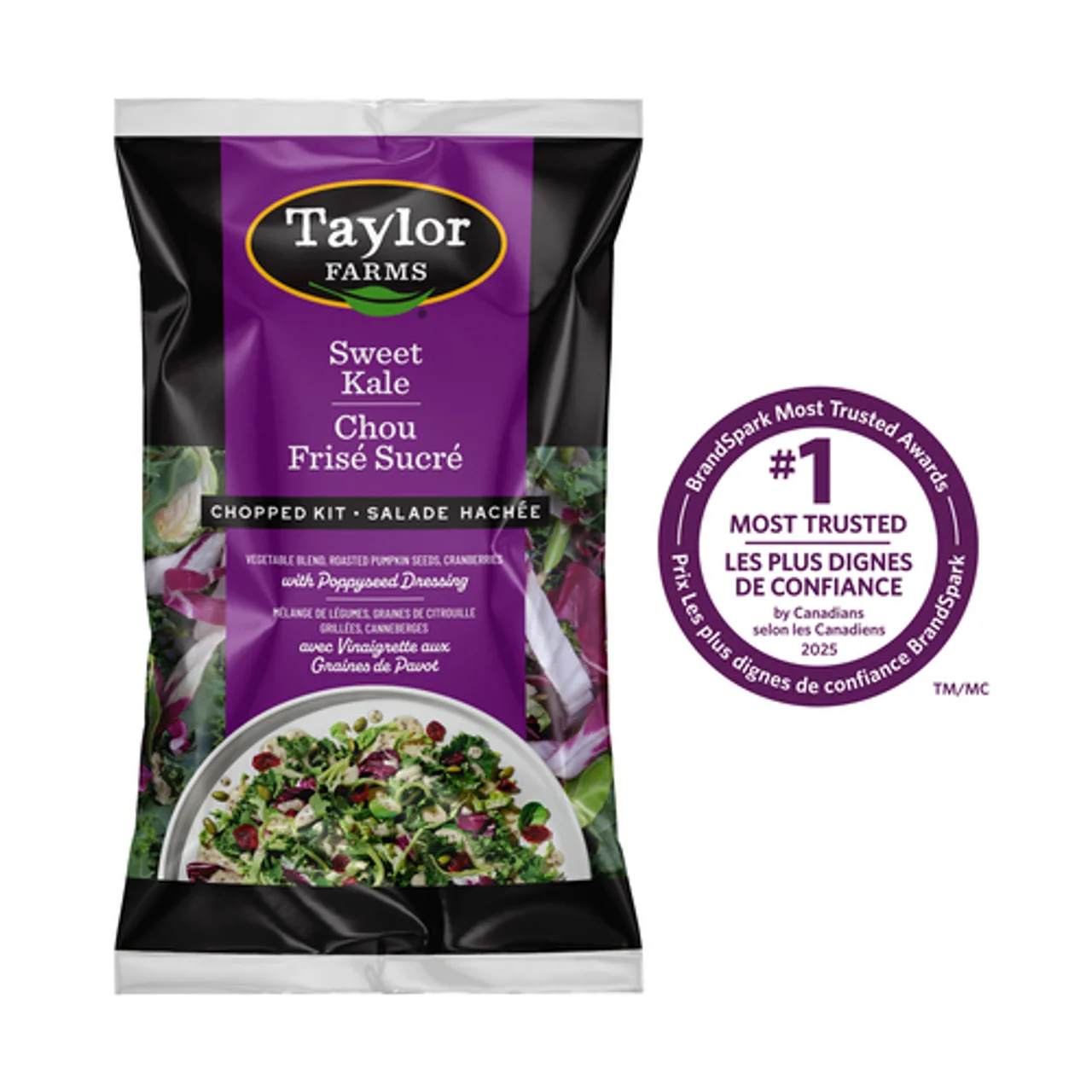
Porcini
Product Details
Description
Chanterelle is the common name for several species of highly prized edible wild mushrooms, most famously the **Golden Chanterelle** (*Cantharellus cibarius*). Here is a detailed description of its key identifying characteristics: ### 1. Appearance and Shape * **Color:** Typically **bright yellow, golden-yellow, or egg-yellow** to bright orange. Some rarer species can be white or red-orange. * **Cap Shape:** The cap is generally smooth, often becoming **funnel-shaped** or **trumpet-like** as it matures. The edges are characteristically wavy or irregular (lobed). * **Stem (Stipe):** The stem is **solid** and tapers smoothly down from the cap. It is usually the same color as the cap or slightly paler. The mushroom grows directly from the ground and never from wood. * **Size:** Varies by species, but Golden Chanterelles generally grow to about 2 to 4 inches (5–10 cm) tall with a similar cap width. ### 2. The Underside (False Gills) This is the most crucial identifying feature that separates true chanterelles from most toxic look-alikes: * **False Gills/Ridges:** Chanterelles **do not have true, bladed gills** like a store-bought button mushroom. Instead, they have **blunt, rounded, fold-like ridges** (often called "false gills"). * **Decurrent and Forked:** These ridges run down the length of the stem (decurrent) and are often **forked** or cross-veined. They look like wrinkles or folds in the mushroom's flesh, rather than separate, thin blades. ### 3. Smell and Taste * **Aroma:** A distinctive characteristic is a **fruity, sweet aroma**, often described as **apricot-like** or peach-like, especially when the mushroom is fresh. * **Taste:** They have a **rich, earthy flavor** with a mild, peppery finish. The flesh is usually white or pale yellow when cut open. ### Important Note on Foraging While chanterelles are among the safest wild mushrooms to identify, they do have poisonous look-alikes, such as the **Jack-O'-Lantern mushroom** (*Omphalotus illudens*). The Jack-O'-Lantern mushroom typically grows in clusters on wood (not the ground) and has true, sharp gills (not blunt, forked ridges). Always consult a local expert or field guide if you plan to forage.
Product Information Notice
We strive to provide accurate information regarding ingredients, nutritional details, product images, and descriptions on our website. However, this information may occasionally change. For the most current and precise ingredient and nutrition information, please always refer to the actual product packaging.
You Might Also Like
Discover more products based on your current selection







